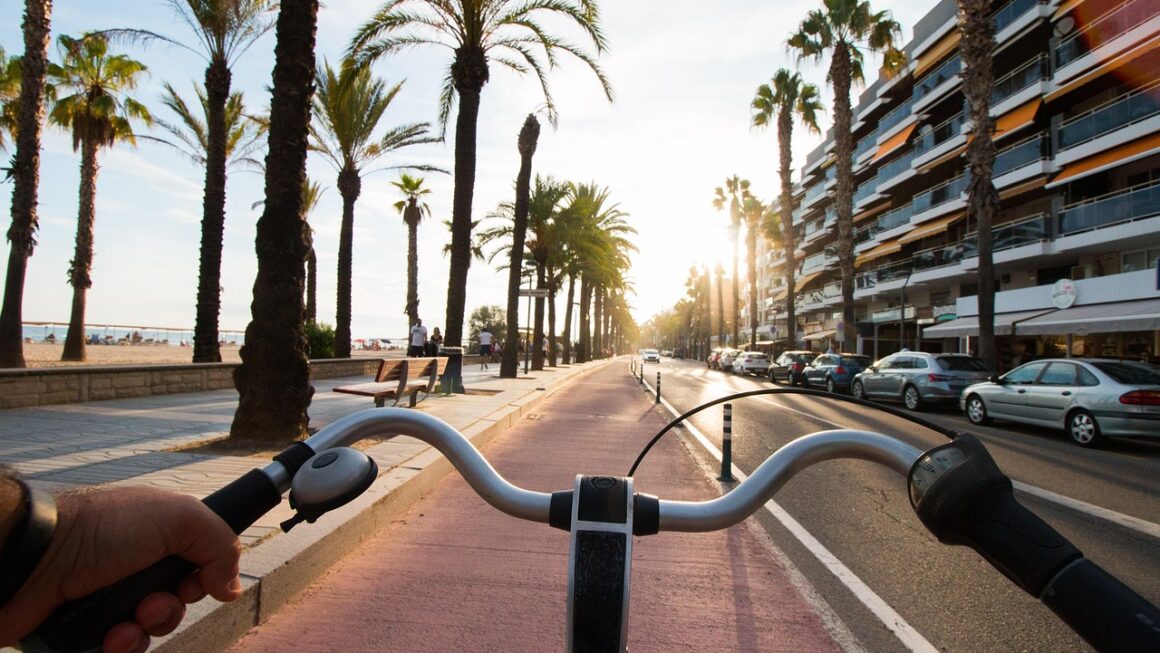“`html
In an ever-changing world marked by rapidly evolving technologies and increasing competition, the ability to harness one’s creativity has never been more imperative. Creativity is not merely a quality possessed by artists or writers; rather, it is a skill that can be cultivated and enhanced for personal and professional growth. In this blog post, we will explore effective strategies to boost creativity, practical tips for implementation, and the benefits that come from embracing a more creative mindset.
The Importance of Creativity
Understanding why creativity matters is the first step towards fostering it in our daily lives. Here are some key reasons:
- Problem Solving: Creative individuals often find unique solutions to complex problems.
- Innovation: Creativity fuels innovation, driving industries forward and challenging the status quo.
- Personal Fulfillment: Engaging in creative activities can lead to greater happiness and satisfaction.
- Collaboration: A creative environment encourages teamwork, leading to more diverse ideas.
Statistics That Inspire
According to a report by Adobe, 75% of the U.S. workforce believes that being creative is critical to their job success, yet only 30% feel they can access their creativity. This illustrates a significant gap in creativity utilization across various sectors.
Techniques to Boost Creativity
There are numerous techniques anyone can adopt to enhance creativity. Below are some of the most effective.
1. Mind Mapping
Mind mapping is a visual form of note-taking that helps in organizing thoughts and generating new ideas.
- How to Mind Map: Write a central idea in the center of your paper and draw branches for related ideas.
- Benefits: This technique allows free association of ideas, often leading to unexpected connections and insights.
2. Setting Aside Time for Daydreaming
Allowing time for your mind to wander is crucial for creative thinking.
- Daily Routine: Consider dedicating 10–15 minutes each day to simply daydream or engage in creative visualization.
- Result: This practice can help cultivate ideas that would otherwise remain hidden due to the busyness of daily tasks.
3. Embracing Limitations
Ironically, working within constraints can enhance creativity.
- Example: A filmmaker may challenge himself to create a short film using only one location and three characters.
- Key Takeaway: Limitations compel us to think outside the box and can lead to powerful results.
4. Engage in Diverse Experiences
Exposure to various fields and cultures fuels creative thinking.
- Actions to Take: Attend workshops in unrelated domains like cooking, painting, or coding.
- Outcome: New experiences lead to fresh perspectives, igniting creativity in your primary area of work.
The Role of Environment in Creativity
Our surroundings significantly influence our creativity levels.
1. Creating a Creative Workspace
Design your workspace to inspire creativity.
- Tips:
- Incorporate natural light and plants.
- Use vibrant colors around your workspace.
- Personalize the area with inspiring art or objects.
2. Limiting Distractions
A cluttered environment can stifle creativity.
- How to Tidy Up: Consider the “5S” approach — Sort, Set in order, Shine, Standardize, Sustain.
- Benefit: A focused environment enables clearer thought processes and deeper engagement in creative tasks.
Mindfulness and Creativity
Practicing mindfulness can significantly boost creative potential.
1. Meditation Techniques
Simple meditation exercises can clear your mind and make way for new ideas.
- Practice: Try focusing on your breath for 5–10 minutes each day.
- Effect: Regular meditation has been shown to improve creativity and cognitive function.
2. Journaling for Clarity
Keeping a journal is an excellent way to clarify your thoughts and generate new ideas.
- Daily Practice: Write down your thoughts, dreams, or experiences to unlock subconscious creativity.
- Outcome: This exercise can lead to surprising insights and connections.
Conclusion
Boosting creativity is not an abstract concept reserved for a select few; it is a tangible skill that can be cultivated and developed through specific techniques and practices. By utilizing mind mapping, allowing for daydreaming, embracing limitations, engaging in diverse experiences, creating a conducive environment, and incorporating mindfulness practices, anyone can enhance their creative potential. As you begin to implement these strategies, you will not only unleash your creativity but also discover the profound impact it can have on your personal and professional life. Remember, creativity is a journey—embrace it fully!
“`






